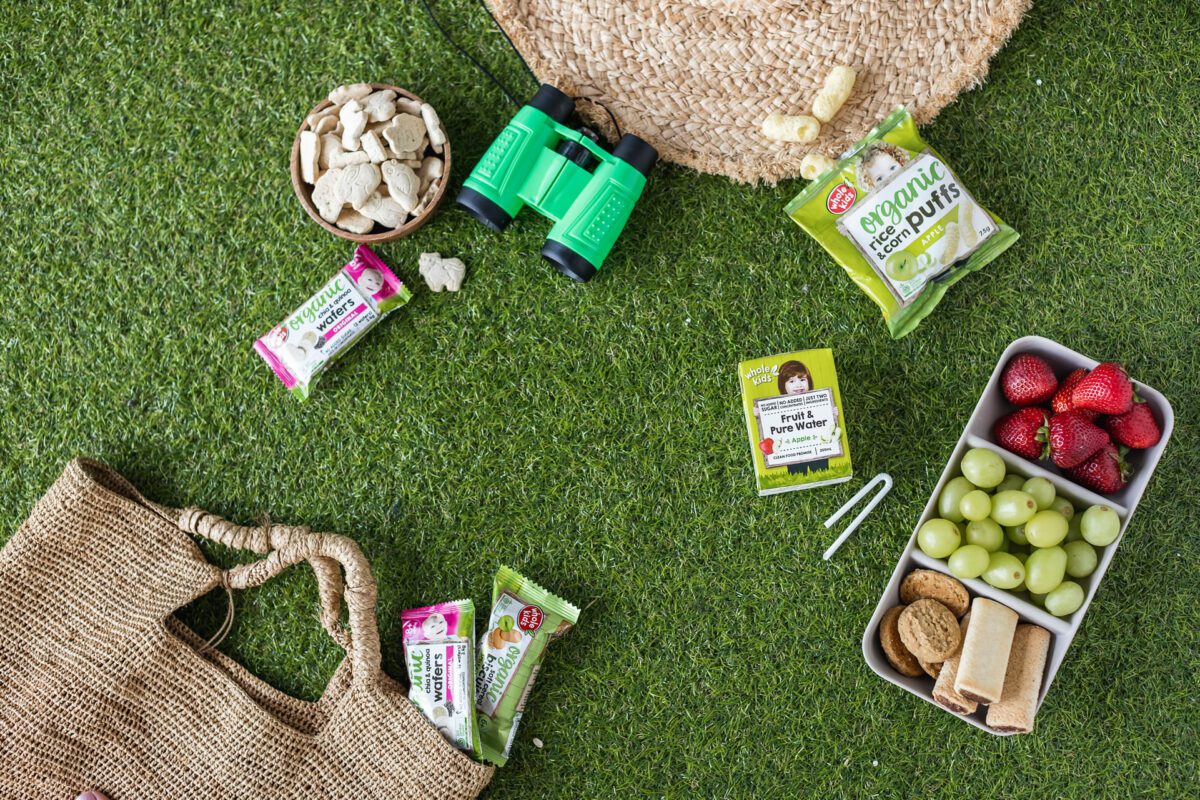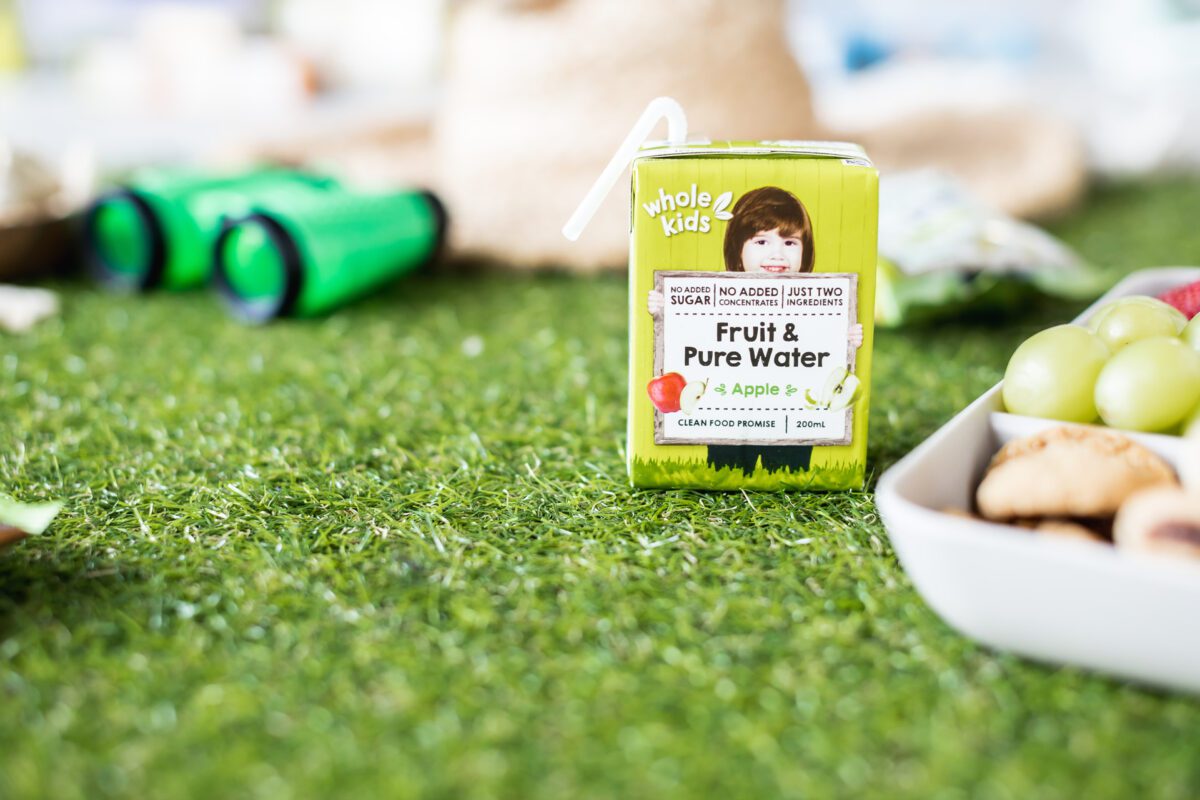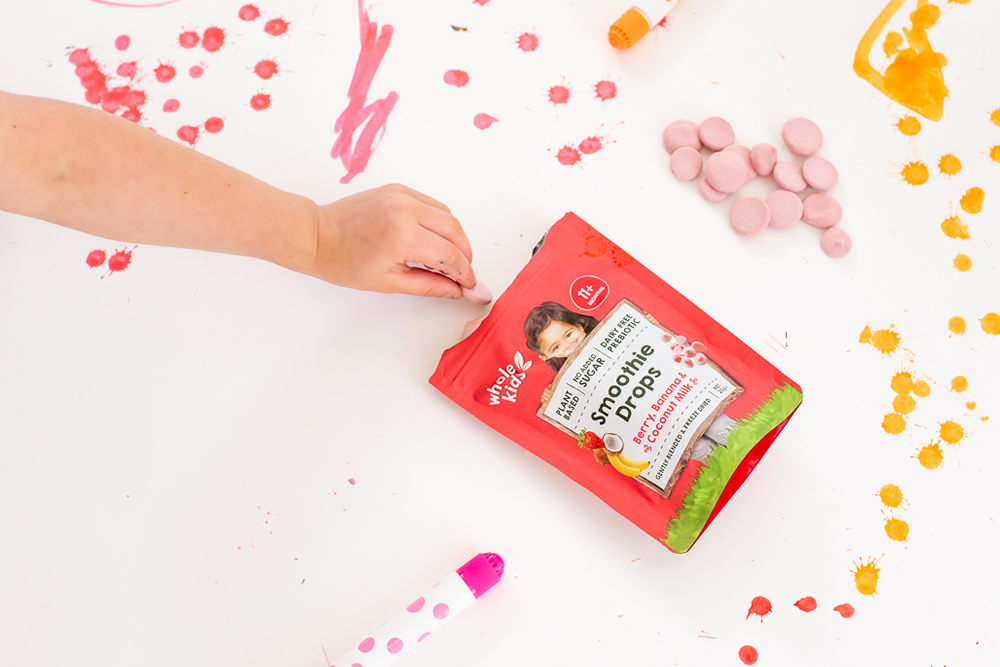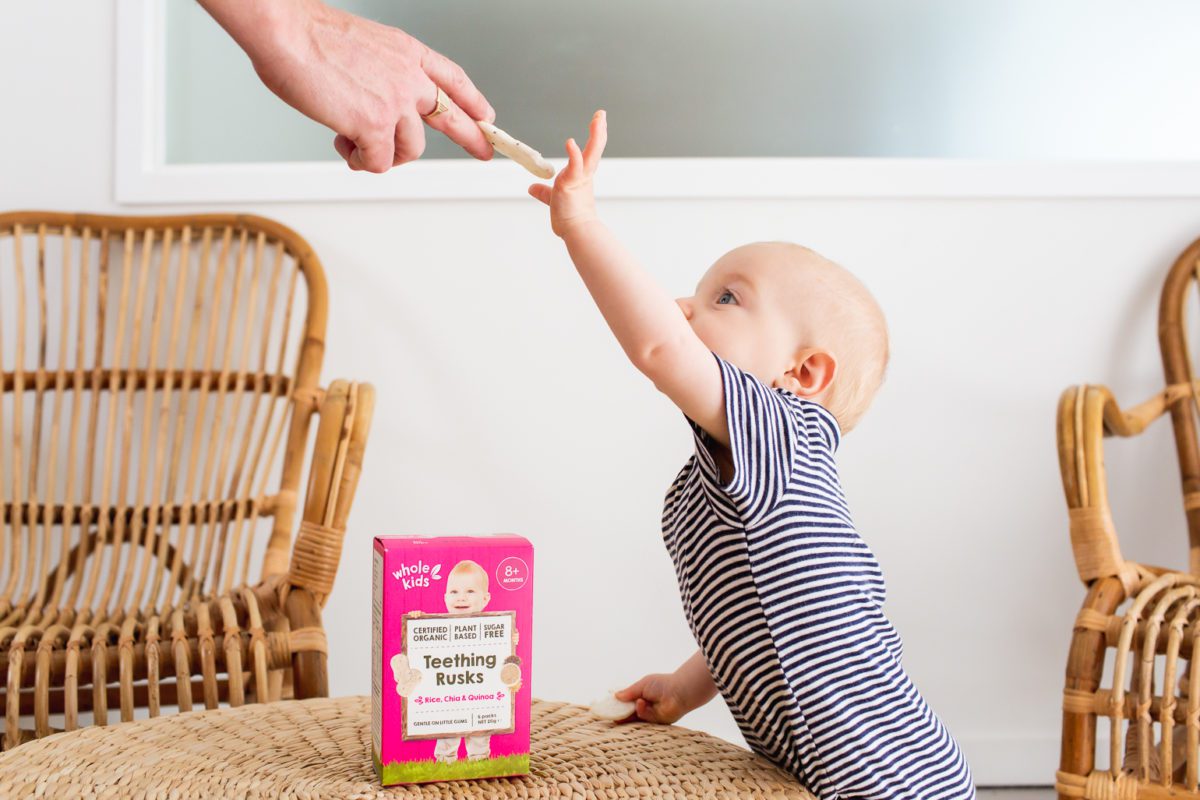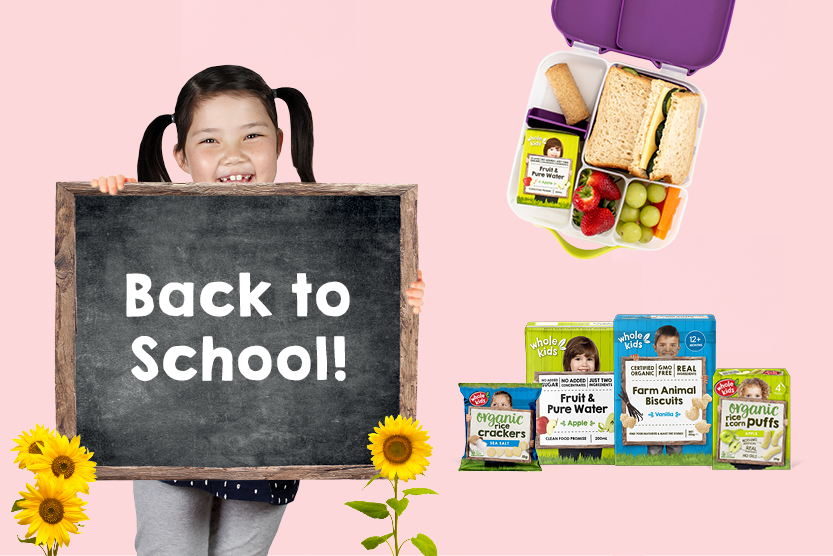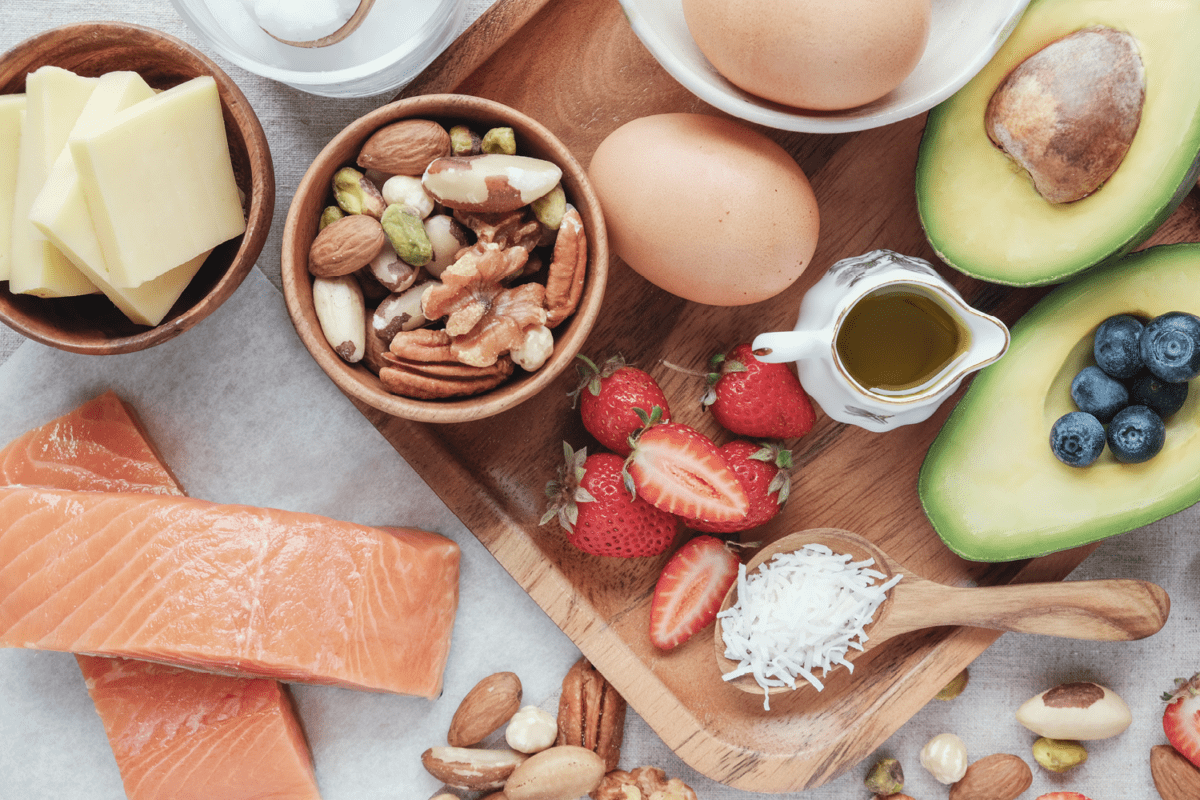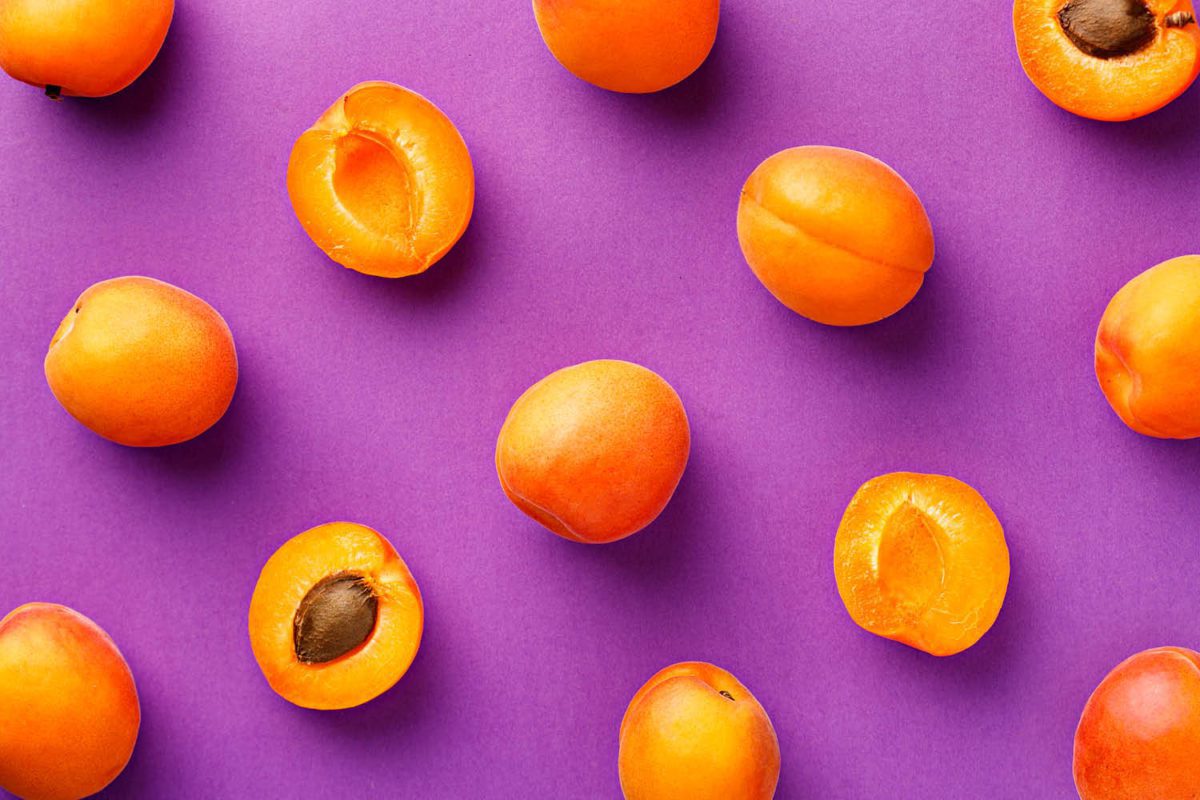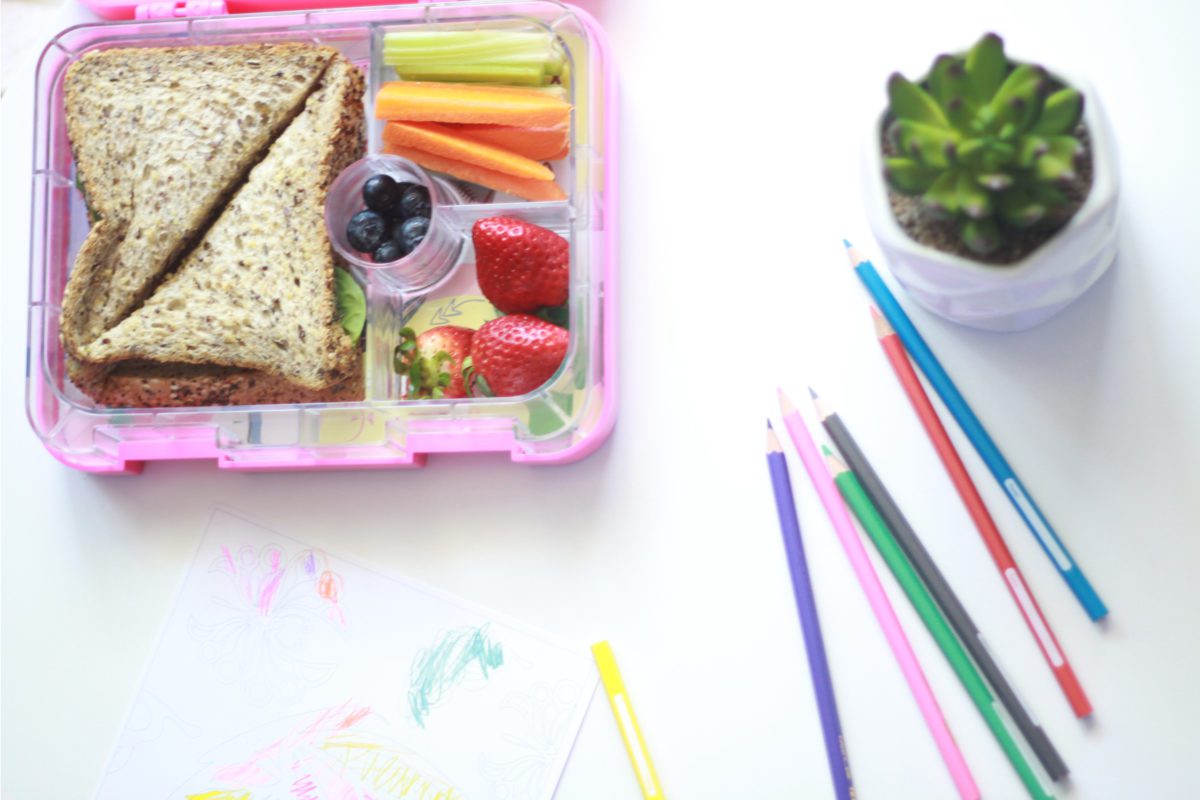Even though we all try our best to make the healthiest food choices for our family, it’s sometimes difficult to make out exactly what we are serving our loved ones. One of the trickiest parts on a food label that often leaves parents confused are food additives -and we don’t blame you. There are so many of them, and they are often listed as unpronounceable chemicals or undecipherable numbers, so how could anyone be expected to figure out what they really are at first glance?
What are food additives?
Well, for starters, it’s good to have a general idea of what we’re dealing with; food additives are artificially created chemical substances that are frequently used in conventional foods to improve colour, taste, texture, smell and appearance. They’re also used to stabilise product processing and extend shelf life. The consumption of artificial additives, colours and preservatives, however, may end up causing a range of health problems in children – including allergic reactions, respiratory issues and behavioural problems.
More than 300 food additives are permitted for use in Australia in non-organic processed foods. Some of these additives are particularly nasty and should be avoided at all costs, especially when it comes to kids.
How do additives affect kids’ bodies?
Most additives, even those that have been cleared for consumption, have various negative effects on our families’ health. According to years of research by food specialists, there are numerous food additive databases online, and even some apps that you can use on your smartphone, which can let you know the potential effects of each additive on any food label.
Some of the most common effects include asthma, hay fever, behavioural changes, headaches, migraines, skin ailments, tumours and more.
Colours
Artificial colours are added to a very wide variety of food products, some of which are marketed to children, such as lollipops, jellies etc. These substances can be either artificial or natural, however even natural dyes can have adverse effects just as well. They are typically supposed to improve the appearance of products, adding colour and richness to even the palest of the pale. Some examples:
Artificial colours
Quinoline yellow 104 (aka E104): Consumption of this colour additive has been a controversial issue, as it has been linked with hyperactivity and ADHD-like symptoms in kids.
Brilliant blue 133 (aka E133): This particular dye additive is not absorbed by the body easily, so about 95% of the ingested amount is excreted naturally. It can bring forth attacks when eaten by people with pre-existing asthma, and it can also cause allergic reactions.
Yellow 2G 107 (aka E107): This colour additive has been banned in multiple countries. It can cause allergic reactions, especially in people who are allergic to aspirin, and those who suffer from asthma. It can also cause hyperactivity in children.
Natural colours
- Cochineal red (aka E120): This particularly icky additive is made using a specific type of Mexican scale insect, which can typically be found on cactus plants. This colour can cause severe allergic reactions, even anaphylactic shock, when ingested. It can be found in almost anything, from meat to cookies.
Preservatives / Parabens
Preservatives are typically used to extend shelf life and to make food products remain ‘fresher’ for a longer period of time.
- Sorbates (200–203): found in various cheese types, in fruit products, as well as in sweets, soft drinks and juices. These additives can cause hypersensitivity, allergic reactions and migraine or headache. In children, sorbates can also cause eczema, dermatitis, eye and nasal irritation, burning mouth syndrome, as well as food intolerance reactions and behavioural problems.
- Benzoates (210–218): Typically used in cordials, fruit-flavoured products, pickles, soft drinks and various marinades, this type of preservative prevents the appearance of mould. This additive can cause hyperactivity, dizziness, insomnia, as well as DNA damage that has been linked to Parkinson’s disease and premature ageing. No thanks!Furthermore, according to the FDA, the combination of certain colour additives and sodium benzoate (E211) has been proven to create hyperactive behaviour.
- Sulfites (220–228): These additives can be found in dried fruits, oven chips, seafood, desserts and cordials. They are produced naturally during grape fermentation for wine and vinegar, so they are also present in all food products that contain them. Sometimes extra sulfites get added to wines, in order to promote fermentation.Sulfites are typically used to combat bacteria, and come with a wide range of adverse reactions, such as runny nose, itchy eyes, coughing, trouble breathing, rashes, hives, itching, asthma attacks and cramps. These substances destroy vitamin B1, and they haven’t been tested for carcinogenic properties. Labelling for food products that contain sulfites is mandatory, due to the fact that they rank among the top 9 food allergens.
- Nitrates, Nitrites (249–252): Nitrates/nitrites are often added to cured meats (and to some cheeses) in order to fix their colour (the pink in meat products) and to preserve them, by preventing them from going rancid too soon.These additives can seriously affect your kids’ behaviour, causing them to be more irritable, tired and dizzy. They also cause headaches, pregnancy complications and baby health problems. Nitrates/nitrites have been connected with various cancers as well, since they can be converted into Nitrosamines while being cooked, which are carcinogenic.
- Propionates (280-283): one of the most common and effective dough improving substances, these additives are widely used to preserve bread products, dressings, fruit or veggie juices and other food products in order to prevent mould.
Antioxidants
- TBHQ (E319),BHA (E320), BHT (E321), Propyl gallate (E310), Octyl gallate (E311), Dodecyl gallate (E312) and possibly 4-Hexylresorcinol (E586):These additives are commonly found in chewing gum, butter products, cereal desserts, sweets, nuts and seeds, powdered soups, flake cereals, meats, baked goods and in many other food products. It’s hard to find a manufactured food that doesn’t contain antioxidant additives in some form or another. However, they are also included in cosmetics, petroleum-based products and numerous other everyday items.These additives can be either natural or artificial, which doesn’t really make a difference. They are still just as bad, since according to extensive research these substances have been linked to ADHD-like symptoms, joint pains, allergies, rhinitis, angioedema, sleepiness and asthma. Additional health concerns include stomach aches, dermatitis, excessive sweating, eye-related problems, vasculitis, flushing weight gain and headaches.
Flavour Enhancers
- Monosodium (621), Glutamate (MSG) (620, 622, 623), and related flavour compounds (627, 635): These additives are typically used to enhance pre-existing flavours in foods. They can be found in biscuits, noodles, crisps, snacks, and most savoury food items. They can occur naturally as well, in various strong cheese kinds and other products. MSG specifically, which gives food an ‘umami’ punch, has been linked to many adverse health effects, so manufacturers tend to steer clear from using it nowadays, as they try to get their glutamates from other sources. Whereas it is considered safe, MSG can have instant ill effects on people who are sensitive to it, such as numbness, tingling, nausea, weakness, arrhythmia and headaches. It has also been linked to obesity, but research is still pending on the issue.
As you can see, these substances are not as innocent as some food manufacturing companies would have us believe.
- Monosodium (621), Glutamate (MSG) (620, 622, 623), and related flavour compounds (627, 635): These additives are typically used to enhance pre-existing flavours in foods. They can be found in biscuits, noodles, crisps, snacks, and most savoury food items. They can occur naturally as well, in various strong cheese kinds and other products. MSG specifically, which gives food an ‘umami’ punch, has been linked to many adverse health effects, so manufacturers tend to steer clear from using it nowadays, as they try to get their glutamates from other sources. Whereas it is considered safe, MSG can have instant ill effects on people who are sensitive to it, such as numbness, tingling, nausea, weakness, arrhythmia and headaches. It has also been linked to obesity, but research is still pending on the issue.As you can see, these substances are not as innocent as some food manufacturing companies would have us believe.
How can we eliminate artificial additives from our family’s diet?
Managing your family’s (and especially your kids’) meals can be a real challenge, because of the transparency issue concerning food labelling. In order to minimize consumption of harmful additives, you could try the following tips:
- If you see a lot of super-long ingredients that you cannot even pronounce listed on the label, don’t buy it.
- If you see a series of numbers on the ingredients list, don’t buy it.
- Discuss with your family and decide on which additives should be excluded from your shopping basket indefinitely, and stick to your decision. It helps if the kids are informed on the effects of each additive, as this helps them understand the reasoning behind each banned snack or food item.
- Make snacks, sweets and even lunches by hand, and freeze some extra portions to last you the week.
- All in all, the easiest way to avoid the risks associated with artificial food additives is to simply avoid them altogether, and the best way to do this is to always buy certified organic food. This way everything in your pantry will be additive-free, and your health and your kids’ health will be better off.
Resources:
Waking Times
Food Can Make You Ill

